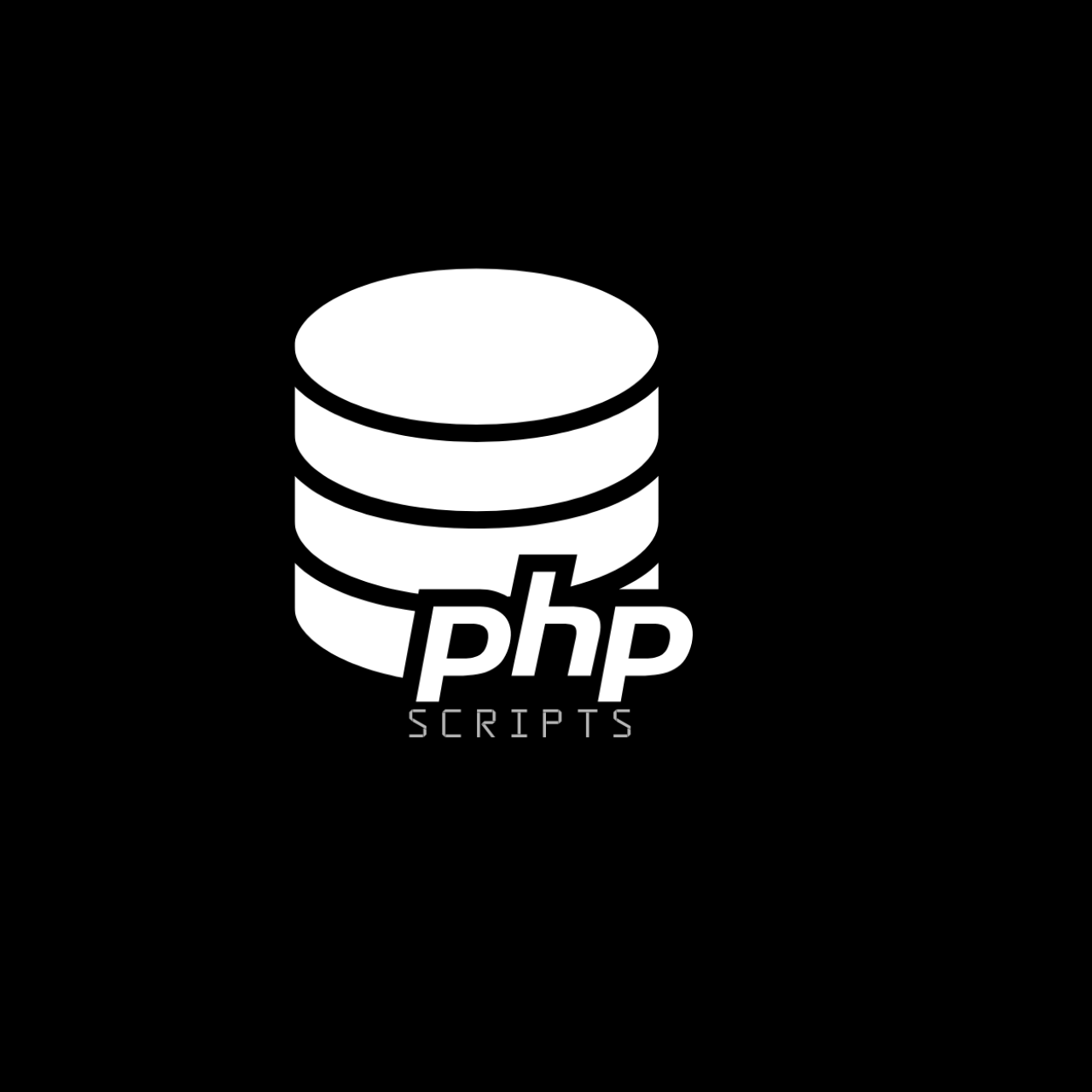PHP Basics: What You Need to Know to Run Your First Code

# PHP Basics: What You Need to Know to Run Your First Code
PHP is a widely-used server-side scripting language, perfect for web development and creating dynamic websites. If you’re ready to write and execute your first PHP code, this guide will introduce the essential basics to get you started. 🚀
---
## Why Learn PHP?
PHP is fast, flexible, and powers over 75% of websites globally, including platforms like WordPress. 🌐 Learning PHP gives you the ability to:
- Build interactive web applications.
- Manage server-side operations.
- Work with databases like MySQL seamlessly.
---
## Setting Up PHP
Before writing PHP code, you need to set up the environment:
1. **Install a Local Server Environment**
- Use tools like [XAMPP](https://www.apachefriends.org/) or [WAMP](https://www.wampserver.com/) to set up Apache, PHP, and MySQL on your computer. 🖥️
- Alternatively, install [Laragon](https://laragon.org/) for an all-in-one solution.
2. **Verify Installation**
- After installation, start your local server.
- Open your browser and navigate to `http://localhost`.
- Create a `phpinfo()` file to confirm PHP is running:
```php
<?php
phpinfo();
?>
```
3. **Choose a Code Editor**
- Use a code editor like:
- [VS Code](https://code.visualstudio.com/)
- [PHPStorm](https://www.jetbrains.com/phpstorm/)
- [Sublime Text](https://www.sublimetext.com/)
---
## Writing Your First PHP Code
1. Open your code editor and create a new file.
2. Type the following code:
```php
<?php
echo "Hello, World! 👋";
?>
```
3. Save the file as `hello.php` inside the `htdocs` folder of your local server (for XAMPP) or equivalent.
4. Open your browser and navigate to `http://localhost/hello.php`.
You should see `Hello, World! 👋` displayed on the page. 🎉
---
## Basic Concepts Every Beginner Should Know
### 1. **Variables and Data Types**
In PHP, variables start with a `$` sign. Here are common data types:
```php
<?php
$name = "Alice"; // String
$age = 25; // Integer
$height = 5.6; // Float
$isStudent = true; // Boolean
?>
```
### 2. **Echo and Print**
Output data to the browser:
```php
<?php
echo "Welcome to PHP!"; // Outputs a string
print "Learning PHP is fun!"; // Outputs a string
?>
```
### 3. **Control Structures (if-else)**
Make decisions in your code:
```php
<?php
$age = 20;
if ($age >= 18) {
echo "You are an adult. 🧑💼";
} else {
echo "You are a minor. 🧒";
}
?>
```
### 4. **Loops**
#### For Loop:
```php
<?php
for ($i = 0; $i < 5; $i++) {
echo "Iteration: $i <br>";
}
?>
```
#### While Loop:
```php
<?php
$count = 0;
while ($count < 5) {
echo "Count is $count <br>";
$count++;
}
?>
```
### 5. **Functions**
Reusable blocks of code:
```php
<?php
function greet($name) {
echo "Hello, $name! 👋";
}
greet("Alice");
greet("Bob");
?>
```
---
## Debugging Your Code
Errors happen! Here are tips for debugging PHP:
- **Enable Error Reporting**: Add the following lines to your code:
```php
<?php
error_reporting(E_ALL);
ini_set('display_errors', 1);
?>
```
- **Check Syntax**: Ensure all code is correctly formatted.
- **Use `var_dump()`**: Inspect variable values:
```php
<?php
$data = ["PHP", "Python", "JavaScript"];
var_dump($data);
?>
```
- **Read Logs**: Check the error logs of your local server for detailed information.
---
## Learning Resources
Enhance your knowledge with these resources:
- [Official PHP Manual](https://www.php.net/manual/en/)
- [W3Schools PHP Tutorial](https://www.w3schools.com/php/)
- [PHP The Right Way](https://phptherightway.com/)
---
By mastering these basics, you’ll be ready to build dynamic and interactive websites. 🌟 Experiment with small projects and explore the vibrant PHP developer community!














